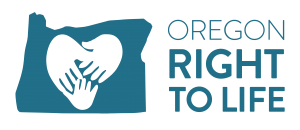There is perhaps no name more central to the national conversation about euthanasia and the right to life than Terri Schiavo.
A young woman who entered a comatose state following a sudden cardiac event in 1990, Terri became the subject of a lengthy legal battle and coast-to-coast controversy concerning her right to continue receiving basic care.
This Sunday, March 31, marked the 19th anniversary of Terri’s death following the court-ordered removal of her feeding tube.
Born Theresa Marie Schindler in 1963, “Terri” married Michael Schiavo a few weeks before her 21st birthday in December 1984. In February of 1990, at just 26 years old, Terri suffered a cardiac arrest at her Florida home and fell into a coma. Though capable of breathing on her own, Terri required intravenous nutrition to sustain life.
The legal battle over Terri’s care began when Michael, who was officially Terri’s legal guardian under Florida law following her incapacitation, petitioned a court in 1998 to remove his wife’s feeding tube and thereby end her life. Her parents fought back, arguing that doctors should continue administering intravenous sustenance.
The fundamental disagreement about the continuation of basic care for Terri sparked seven years of legal wrangling that included efforts by Terri’s parents to assume guardianship of their daughter and, later, even procure a divorce on Terri’s behalf on the grounds that her husband – who started a family with a girlfriend in the midst of the ordeal – had become estranged from his wife.
“Supporters of Terri’s parents believe in the equality and sanctity of life, an ethic under which Terri remained infinitely precious regardless of her impairment,” wrote Wesley Smith, Senior Fellow at the Discovery Institute’s Center on Human Exceptionalism. “In this view, whether she was conscious or not didn’t matter. Her parents should have been allowed to care for her for as long as she lived.”
Despite the persistent efforts of Terri’s parents to retain life-sustaining care for their daughter, courts repeatedly rejected their arguments, ruling again and again in Michael’s favor.
On March 31, 2005, 13 days after her feeding tube was removed, Terri Schiavo died of dehydration and starvation. She was 41 years old.
“Today, millions of Americans are saddened by the death of Terri Schiavo,” then-President George Bush said at the time. “Laura and I extend our condolences to Terri Schiavo’s families. I appreciate the example of grace and dignity they have displayed at a difficult time. I urge all those who honor Terri Schiavo to continue to work to build a culture of life.”
In 2005, shortly after Terri’s death, her parents and siblings founded the Terri Schiavo Life & Hope Network headed by Terri’s brother, Bobby. The network has since provided assistance and support for thousands of medically vulnerable patients and their families.
“[Terri] was killed in the cruelest way possible, but her memory lives on at the Life & Hope Network where we honor her every day by helping those in need,” wrote Bobby, who is also an associate scholar at the pro-life Charlotte Lozier Institute.
Deeply tragic, Terri Schiavo’s remarkable situation was the catalyst for a contentious nationwide debate over medical ethics and the obligations of family members, medical professionals, and legislators with regard to patients in comatose states or other debilitating conditions.
Her story highlighted the reality that the pro-life movement isn’t exclusively about abortion, but about protecting and defending all human beings, particularly the most vulnerable. Moreover, the tirelessness and devotion of Terri’s parents and siblings underscores the importance of valuing and upholding the dignity of every human life.
Today, Terri’s legacy continues to challenge Americans and inspire pro-life advocates nationwide to stand up for vulnerable human beings: from the preborn baby, to the elderly person with a terminal diagnosis, to the woman in a coma.
“Every human life has incalculable worth and meaning, no matter its age or condition,” wrote Cathy Cleaver Ruse, Esq., director of planning and information for the pro-life arm of the U.S. Conference of Catholic Bishops, shortly after Terri’s death. “No judge should have the power to order the death of a weak and helpless human being — in or out of the womb. May the soul of Terri Schiavo rest in peace.”
Oregon Right to Life supports the sanctity of human life from the moment of conception until natural death. We oppose all cases of euthanasia, whereby a person is deliberately killed through direct action or omission even if that act is by their permission. (In contrast, a person who chooses to refuse life-prolonging treatment is not committing physician-assisted suicide but is rather allowing nature to take its course.) Examples of euthanasia include allowing disabled newborns to die of routinely treatable medical conditions, withholding food or water from the comatose or lethally injecting a terminally ill patient. In Oregon, the legal form of euthanasia is physician assisted suicide, and is euphemistically called “death with dignity.” In this act, a physician prescribes lethal drugs knowing their patient intends to use the drugs to commit suicide. Read more about ORTL’s positions here.





